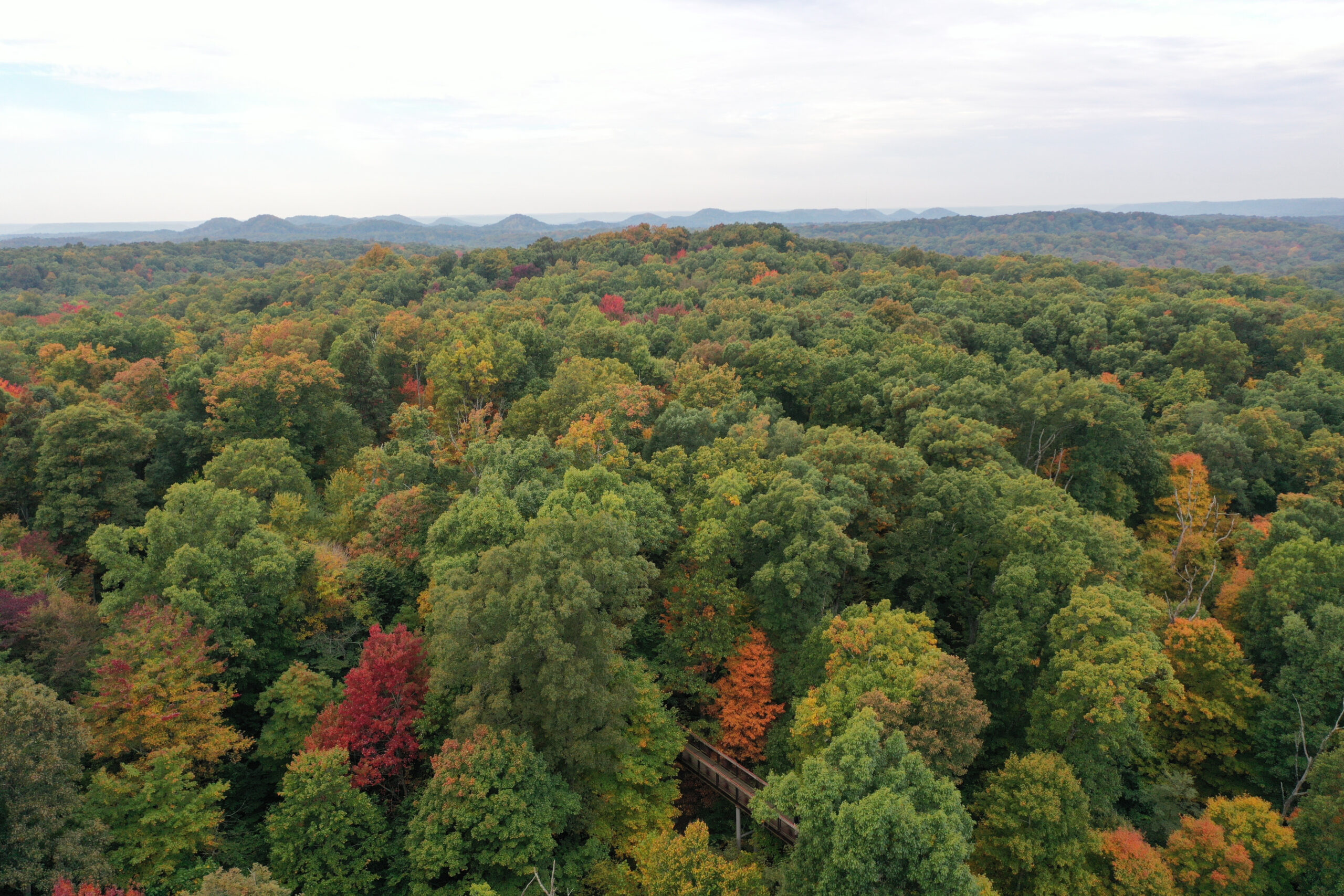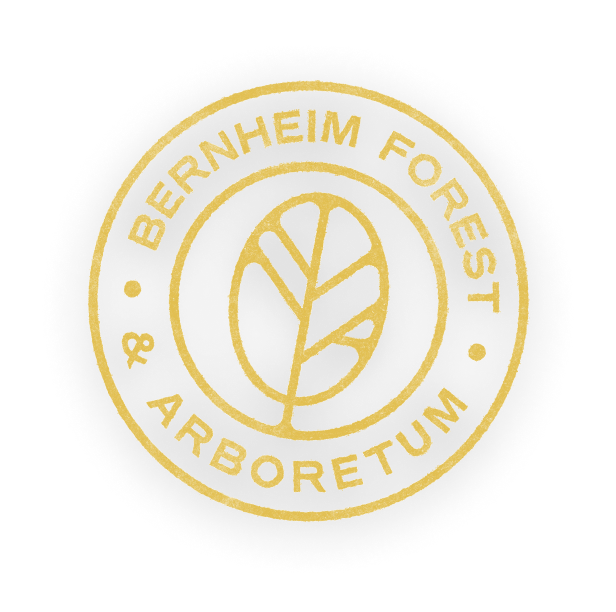Source: WLKY
June 17, 2022
CLERMONT, Ky. —
Bernheim Forest officials celebrated the opening of a new sensory garden on Thursday.
Officials say it’s designed to cater to people with sensory issues, particularly those who live with autism, blindness or other visual impairments.
The garden also features a quiet area with trees.
“This is supposed to be a place where if you’re having a rough day, you come and you feel calmed, you feel better, you feel welcomed and included. This is a place where we don’t want anybody to ever feel like they’re not good enough or they don’t fit in or they’re not welcome,” said Kristin Faurest, Bernheim director of education.
The garden was designed in collaboration with the Kentucky School for the Blind, Families for Effective Autism Treatment (FEAT), and other partners.
Bernheim is located in Clermont, Kentucky.

